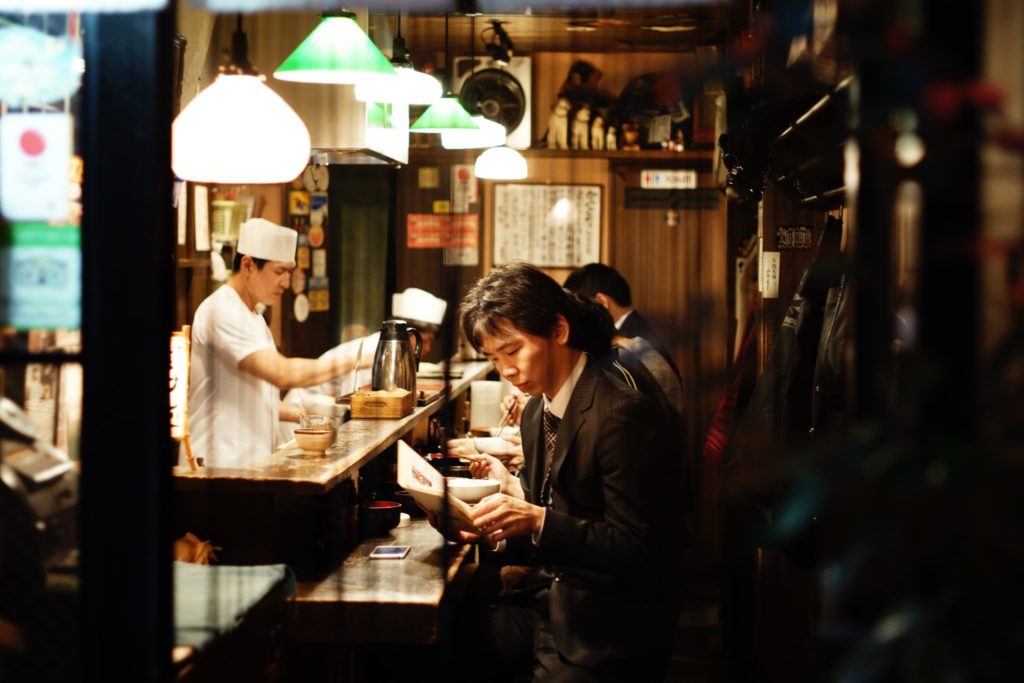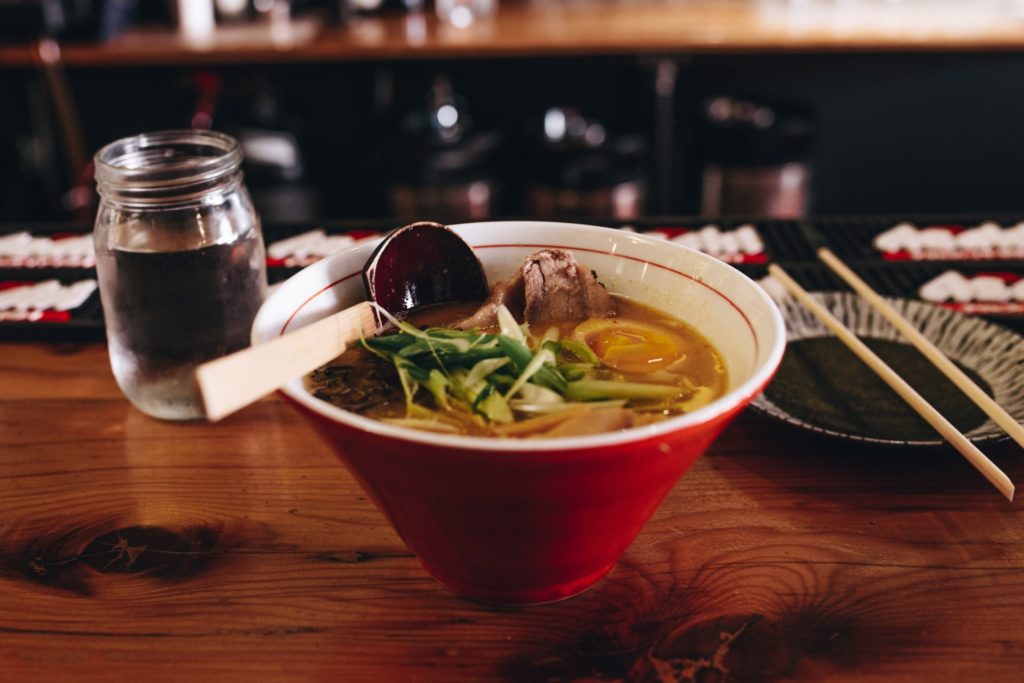
The restaurant you are currently dining at is of the trendy, hole-in-the-wall variety; its retro atmosphere and avocado-filled menu make you think of words that your teenage sister might use ‒ “on fleek,” or “lit,” or something else Millennial-sounding like that. It’s the kind of place you would expect to see flashing across the feeds of your favorite Instagrammers. The aesthetic is definitely there, and you should be enjoying yourself. You should be savoring every bite of the delicious food; should be laughing about something trivial yet inexplicably funny with your cute date. But you aren’t.
You sit across the table from your blind date, and although he is nice enough to look at, he is less than ideal company. He is telling you what might be a charming story about his pet cocker spaniel, but you just can’t hear much over the way he is chewing with his mouth open. With every bite he takes, you have a front row seat to the movie, “Salad, and How it is Digested.” You do not find it endearing. Instead of enjoying a dinner at a hip-and-happening restaurant, you find yourself sitting through a unrelenting refresher course on how important table manners are.
Do not talk with food in your mouth; keep your elbows off the table; refrain from making loud eating noises such as slurping and burping ‒ these are all vital pieces of American eating etiquette that have been drilled into us from our childhood up. We are familiar with them, but what are their Japanese counterparts? Every culture has its own set of rules for the table, and Japan is no different.
Unfortunately, it is much easier to be that fumbling blind date, committing faux paus after faux paus, when you are unaware of the rules that govern the social game. To help you navigate Japanese dining etiquette and to save you from some blush-inducing blunders, here is a brief overview of some of the most essential table manners in Japan.
![]()
Chopsticks
The beginning of any discussion about table manners in Japan undoubtedly will involve how-tos regarding the sometimes flummoxing eating utensil ‒ chopsticks. If you aren’t one who frequents your local Panda Express, then you might not be as familiar with chopstick usage as you would like. I know I was no expert with chopsticks before going to Japan for the first time. To avoid any frustrations, or possibly a downward spiral of shame that ends with you desperately spearing your food like some barbarian hunting a feral animal, check out this article on our blog. It covers some basic tips and hints on how to use chopsticks the right way and can be read here.
If you don’t have time for that, here is the CliffsNotes version:
● Don’t point your chopsticks at someone while talking.
● Don’t suck the ends of your chopsticks ‒ they aren’t lollipops! Even if you want to get the last remnants of that delicious sauce off, just don’t!
● Don’t rub your chopsticks together to get rid of splinters.
● Do not lift food by stabbing it with your chopsticks.
● And most importantly ‒ DO NOT pass food with your chopsticks!
The Wet Towel
Washing your hands has always been an important point for both hygiene and manners, and don’t expect that to change just because you’re in Japan. Small wet towels, called oshibori, are often provided at restaurants as a way to clean your hands before eating. They can be either wrapped in plastic or given to you directly by your server. During the summer months, they are refreshingly cooled, and during the winter season they are warm to the touch.
The oshibori is to be used for hand wiping only ‒ even if you have buckets of perspiration gushing down you due to that infamous Tokyo heat, don’t give in to the temptation to use it as a stand-in sweat rag. Remember that blind date and his mouth full of half-chewed food. Don’t let that be you!
After you use the wet towel to wash your hands, fold the oshibori nicely and replace it on the tray or plastic that it came with. You might need to use it again during the meal, which is completely kosher.
“Itadakimasu”
In many Christian countries, there lies the tradition of “Saying Grace” before you begin eating as a way to give thanks and express gratitude. In Japan, a similar practice is observed, though it obviously does not have identical theological origins. Like a prayer, this custom involves putting your palms together, but unlike a prayer, it is also paired with a slight bow in front of your meal and the word, “itadakimasu.” This Japanese word, when literally translated, comes to mean something along the lines of, “I humbly receive.”
Saying “itadakimasu” before a meal is a significant piece of Japanese etiquette and can often include everyone in your party saying the phrase at the same time. Doing so shows gratitude to the meal’s provider and is a necessary courtesy if you are eating at a person’s private home. It is also normal, however, for each person to say the phrase individually as each begins to eat. This is especially true in less formal situations, as it is common for people to eat as the food arrives, not waiting for everyone else to receive their dishes.
Performing “itadakimasu” before a meal can be broken down into three simple steps:
● Putting your hands together
● Saying “itadakimasu”
● Bowing slightly
After that, you can pick up your chopsticks and begin to eat (Please review the section above if you still are feeling apprehensive about this part).

Slurping
If you visit Japan ‒ and I really hope that you do ‒ then chances are that at least once during your stay you will find yourself sitting down to dine at a cozy ramen shop. Rich and steamy, these Japanese noodles are paired with different tasting broths and garnishes. Not only is it a favorite Japanese cuisine, but it also comes with its own specific set of table manners.
Unlike in the West, slurping your ramen noodles is not only acceptable, but it shows that you are enjoying the meal! Some people even argue that slurping improves the flavor. So yes, slurp away! It may feel strange at first to do something that is considered taboo in your home country, but as the phrase goes, “When in Rome, do as the Romans do.”
This proverb, though originally not about Japan at all, does teach us Westerners something important ‒ to follow the conventions of the area in which you are visiting. And this is exactly what you should do in regards to table manners while in Japan. It will no doubt be difficult to remember all the new rules that govern the dining table, but don’t worry! If you stay conscious of and copy what your Japanese employers, neighbors, friends, and coworkers are doing during a meal, then you too can, “Do as the Romans do” and enjoy a wonderful meal.
Itadakimasu!

